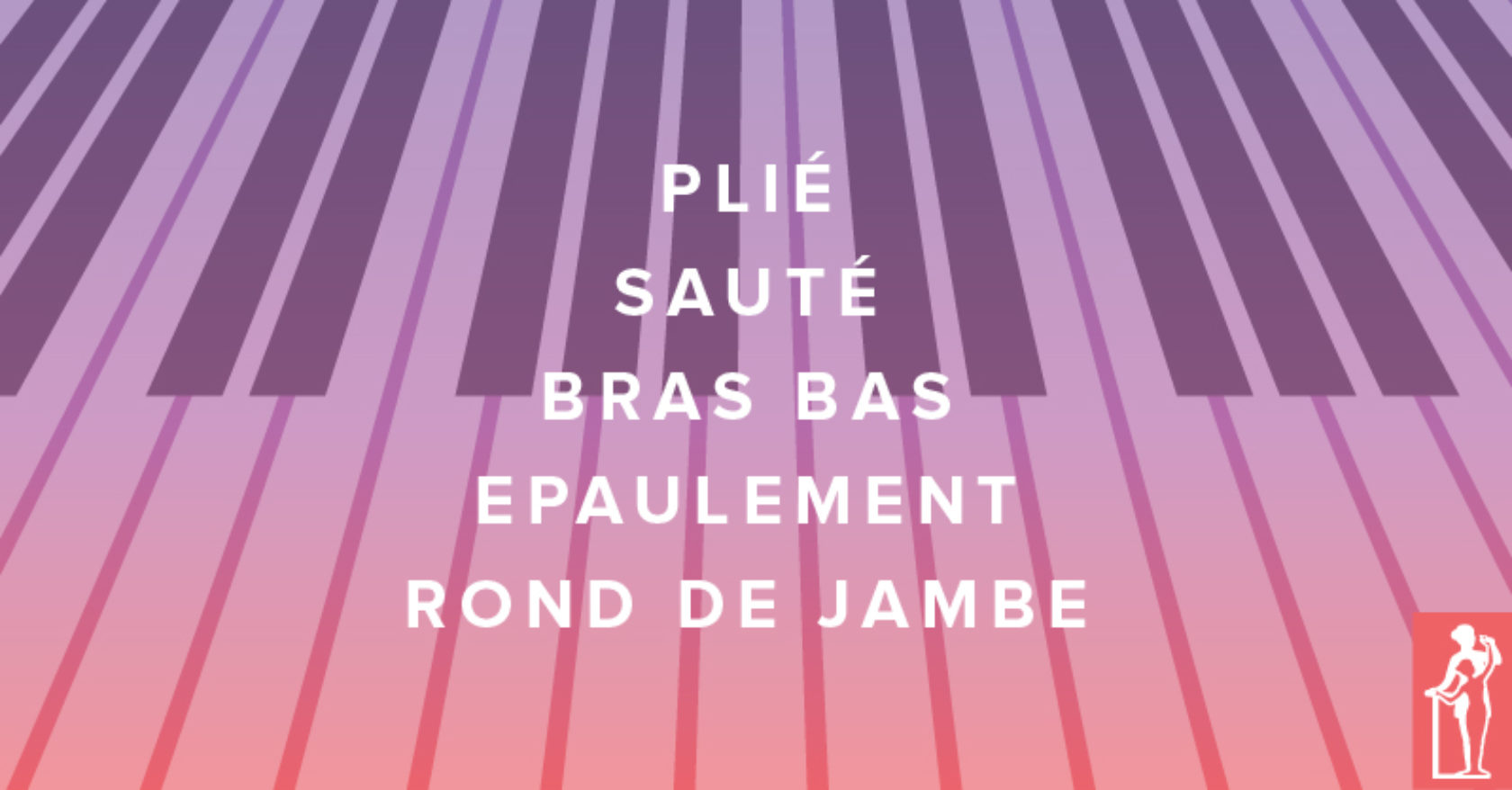
It gets to me every time. When I begin in September with a group of students who say, “I’ve been dancing all my life” and yet, at the age of 11, cannot dance to the rhythm of the music and do not know the correct ballet terms for exercises done in class, I can’t help but cringe.
What has your teacher been teaching you, then? I think to myself. From early on, students
can and
should learn how to properly count, clap to, skip to, march to, and dance to musical beats, and they should be
expected to know what the steps are called in the French terms, when appropriate.
Ballet Theory Is the Use of Terminology
Theory is the defining and naming of the steps, movements, and positions used in ballet.
Students need to use the language of ballet. That means
the teacher must use it consistently in order to set the right example.
In the pre-ballet classes, I’m sure you did not hesitate to say “point, together”, or “gallop, gallop, gallop” as they were doing these movements. As the students progress into “real” ballet (as they are in
Ballet 1), with more of the traditional French terms, it is even more important that you use the correct names of things as you present them, and as the students do them.
These words, like any other words they have ever learned, are not going to be learned without a lot of correct usage. They need to hear, see, do, and say. After all, in many other areas of life, the will be expected to use correct vocabulary, so why not in ballet class?
You could make sets of flash cards to use occasionally in class. Or wall charts. Handouts to take home help, but there does need to be something visual in the classroom as well.
Teaching Them To Be Musical
Many dance teachers find this difficult. Most do not teach it directly, but
hope or assume the students will absorb it through the ballet work in class.
Idea: To make them aware of differences in blending dance with music, choose an exercise that is easy to do, and very well learned. Try it to different pieces of music, with different
speeds and
feelings, showing artistic differences which match the feel of the music.
Rather than searching for recorded music for something like this, you could find a music teacher or piano accompanist who will look at the ballet exercise, then find for you short selections from the classics with which to do the various tempos and feelings. These can be recorded by the pianist ahead of time. A single piece of music can sometimes be played at varying speeds and with different dynamics.
Another Idea: Try doing an exercise with a
metronome. It is not as easy as it sounds! We hear a great deal more than just the beats in a piece of music. We depend on the total picture of sound that the music makes when we dance. This should make the students aware of the relationship of music to dance, and of the multiple components in music.
Music is a
very important partner in dance. Yet, some dance teachers have very little background in music, and what they do have seldom applies to the teaching of dance. Find a piano accompanist or music teacher who can understand your needs, and help you to help your students blend their dancing with the music. Hopefully, they will not only begin to grasp the music principles, but also develop a
love and appreciation for music as it relates to ballet class.
Test these ideas in your class! You may be surprised, as I was, that even your 13 and 14 year old students
still cannot stay on the music at their age. It is our job to teach them to dance, but without the proper tools of terminology and musicality, they will never see the full picture!
Related Articles:

Related
 It gets to me every time. When I begin in September with a group of students who say, “I’ve been dancing all my life” and yet, at the age of 11, cannot dance to the rhythm of the music and do not know the correct ballet terms for exercises done in class, I can’t help but cringe. What has your teacher been teaching you, then? I think to myself. From early on, students can and should learn how to properly count, clap to, skip to, march to, and dance to musical beats, and they should be expected to know what the steps are called in the French terms, when appropriate.
It gets to me every time. When I begin in September with a group of students who say, “I’ve been dancing all my life” and yet, at the age of 11, cannot dance to the rhythm of the music and do not know the correct ballet terms for exercises done in class, I can’t help but cringe. What has your teacher been teaching you, then? I think to myself. From early on, students can and should learn how to properly count, clap to, skip to, march to, and dance to musical beats, and they should be expected to know what the steps are called in the French terms, when appropriate.


Comments
I.hawkins says
Thank you so much!! I've noticed the same issue with students coming from a different studio, aged 13-14 and still not being able to stay on beat. It makes you worry about focus on musicality, but because of that I've been trying to ingrate more musical terms and knowledge into my classes, and this article was extremely helpful!
Add Comment